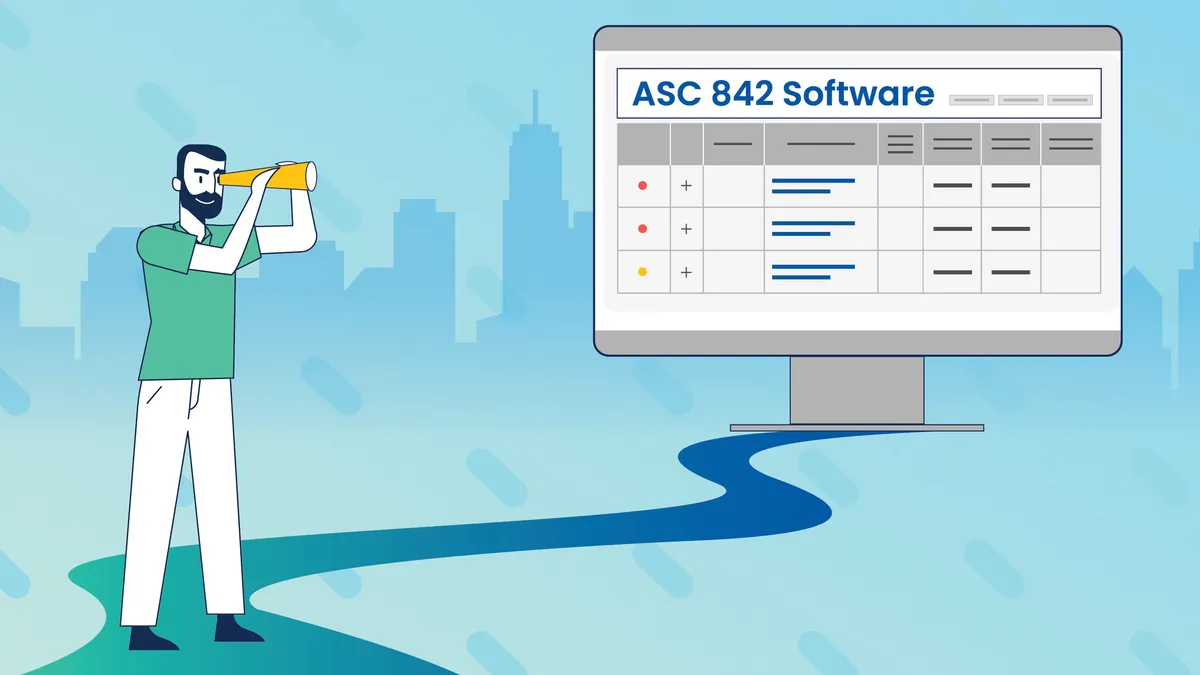ASC 842 presented accountants like me with an unprecedented challenge in accounting for leases.
Public companies shifted from manual lease accounting processing via spreadsheets and calculated their initial ASC 842 balances with the help of lease accounting software.
However, lease accountants have now discovered that initial compliance was the easy part!
When companies had to comply with ASC 842 in 2019 right on the heels of revenue recognition changes, many took the fastest path to initial lease accounting compliance. There was no shortage of software options as a glut of venture capital-backed startups emerged to take advantage of the environment.
Those opportunistic compliance calculators filled a need.
For a hot second, at least.
Ongoing ASC 842 compliance is complex
Many lease accountants are now surprised to find that their original software solutions are not suitable for ongoing compliance.
Complex requirements due to business combinations, restructurings, impairments, abandonments, and terminations are pushing well past the limits of systems designed for initial ASC 842 compliance.
Accounting teams have struggled specifically to:
- Keep up without automation to remeasure amortization schedules
- Apply the correct discount rate
- Pull in the latest market data for real estate
The rush to compliance induced a lot of short-term “solutions” that ultimately failed to account – no pun intended – for long-term feasibility and sustainability. Amid the ongoing industry-wide pressures facing accounting talent, this is producing a major impact to balance sheets and internal operations.
Fewer resources = more accounting mistakes
These heavy workloads have overburdened already overworked accountants, making them more prone to error.
A recent Gartner study showed some startling figures to illustrate this:
- 73% of accountants say their workload has increased because of new regulations
- 82% say economic volatility has increased demand for their work
- A third of accountants admitted to making several financial errors per week!
These instances of erroneous data or inaccurate financial statements add up (no pun intended) to create quite the business impact.
A large portion of today’s lease accountants were not part of the the 2019 project team. Not only do they face a steep learning curve, in many cases they are forced to work with inadequate systems that they inherited.
The lesson here was that it takes more than just mindlessly throwing technology at the problem to get it solved.
But there is hope! One of the very few bright spots in the Gartner study was that studies that properly embraced digitalization of their financial operations experience a 75% reduction in financial reporting errors.
Better lease accounting software is the key
The key provision here, however, is that this effectiveness hinges on software that is user-friendly, customizable and provides actionable insights in a single interface.
The best course of action for lease accountants now is to forget the sunk cost of initial compliance, learn from any mistakes, and implement a forward-looking plan for optimizing the lease accounting function.
Lease accounting solutions have to be advanced enough to actually solve both the problems of today and those to come.










